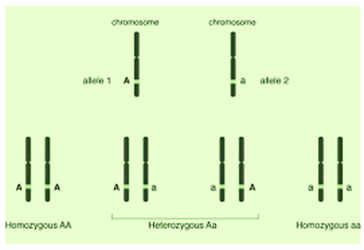What is the major component of blood plasma?
Water.
Ions.
Nutrients.
Gases.
Correct Answer : A
Water is the major component of blood plasma, making up approximately 90-92% of its composition by volume. Blood plasma is the liquid portion of blood, composed mostly of water along with dissolved solutes, such as ions, nutrients, gases, hormones, and waste products. Water in blood plasma serves as the solvent for carrying nutrients, hormones, and other molecules throughout the body, facilitates gas exchange in the lungs and tissues, helps regulate body temperature, and maintains blood volume and pressure. The remaining components of blood plasma, including ions (such as sodium, potassium, and calcium), proteins (such as albumin, globulins, and fibrinogen), and other solutes, contribute to various physiological functions in the body.
HESI A2 Exam Quiz Bank
TEAS 7 Exam Quiz Bank
Find More HESI Questions
HESI A2 Questions: We got the latest updated HESI A2 Questions
100% Money Refund: 100% money back guarantee if you take our full
assessment pass with 80% and fail the actual exam.
Live Tutoring: Fully customized live tutoring lessons.
Guaranteed A Grade: All students who use our services pass with 90%
guarantee.
Related Questions
Correct Answer is B
Explanation
The slide, containing the specimen to be observed, is placed on the stage of a light microscope. The stage is a flat platform located beneath the objective lenses and above the light source. It typically has a mechanical stage control that allows precise movement of the slide in both the x-axis (side to side) and y-axis (front to back). The stage clips or a stage holder secure the slide in place during observation, ensuring that the specimen remains in focus under the objective lenses.
Correct Answer is A
Explanation
The magnification of a standard ocular lens on a light microscope is typically 10X. The ocular lens, also known as the eyepiece, is the lens closest to the observer's eye. It magnifies the image produced by the objective lens, which is the lens closer to the specimen being observed. Together, the ocular lens and the objective lens determine the total magnification of the microscope. The standard ocular lens provides a magnification of 10X, meaning it magnifies the image by a factor of 10 compared to the naked eye.
Correct Answer is D
Explanation
The flagellum is a whip-like structure found in many single-celled protists, bacteria, and sperm cells of animals. Its primary purpose is propulsion, enabling the cell to move through its environment. The flagellum achieves propulsion by undergoing a whip-like motion, either beating rhythmically to propel the cell forward or rotating like a propeller. This movement allows the cell to navigate toward nutrients, avoid harmful substances, or seek optimal environmental conditions for survival and reproduction.
Correct Answer is A
Explanation
Alternate forms of a gene for the same trait are called alleles. Alleles are different versions or variations of a gene that occupy the same locus (position) on homologous chromosomes. For example, the gene for flower color in pea plants may have alleles for purple flowers (P) and alleles for white flowers (p). Individuals inherit one allele from each parent, and the combination of alleles determines the genotype, or genetic makeup, of an organism. Alleles may be dominant or recessive, and their expression can influence the phenotype, or observable traits, of an organism.

This question was extracted from the actual HESI A2 Exam. Ace your TEAS exam with the actual HESI A2 Exam questions, Start your journey with us today
Visit Naxlex, the Most Trusted HESI Prep Platform With Guaranteed Pass of 90%.
Money back guarantee if you use our service and fail the actual exam. Option of personalised live tutor on your area of weakness.
